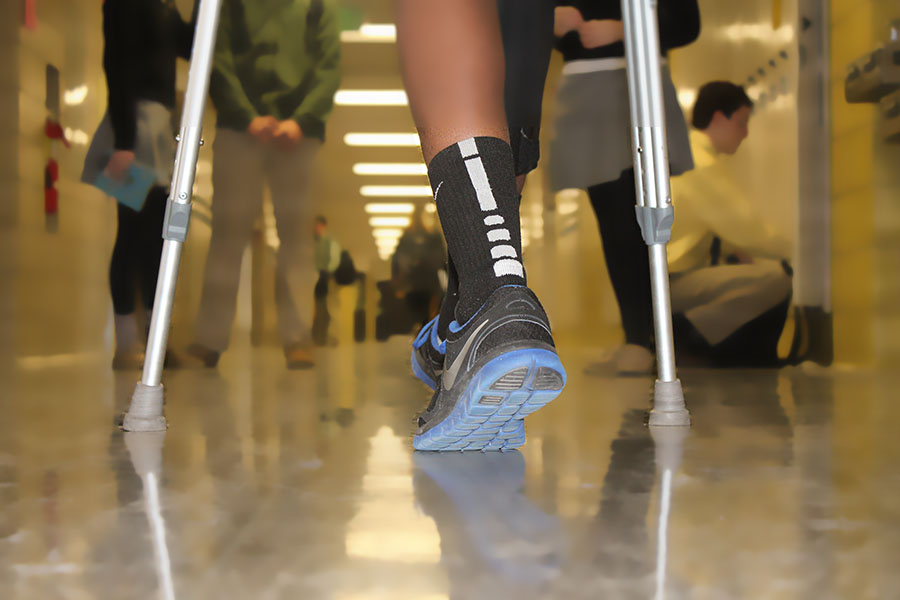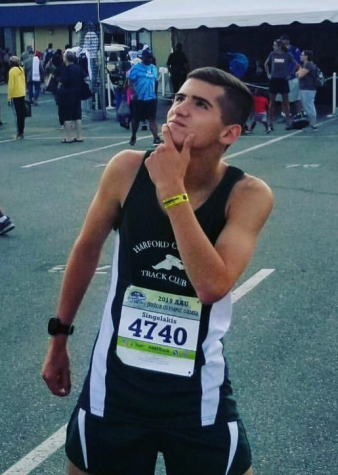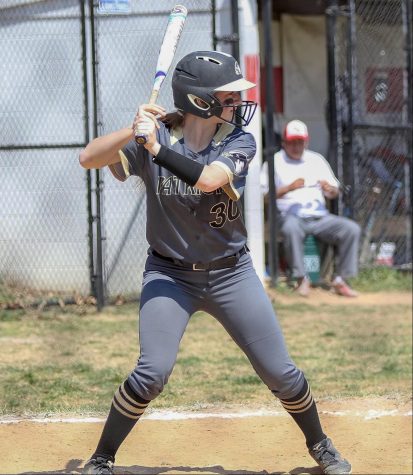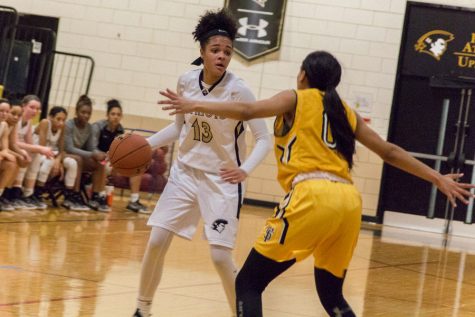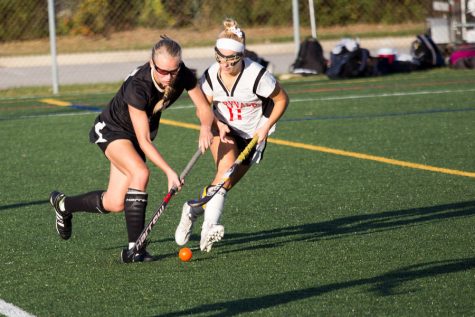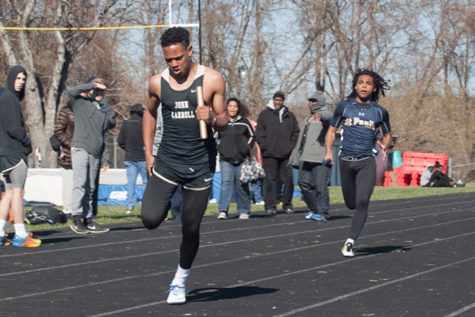Sports push athletes to the breaking point
According to Head Athletic Trainer Erik Fabriziani, JC athletes spend 2-3 hours training depending on which sport they play. This intense training sometimes causes injuries.
February 26, 2014
Senior Lindsay Kraus collapses on her couch on Sunday nights after playing five or more hours of field hockey each day of the weekend. When she comes into school on Monday, her entire body aches with muscle pain. But does she complain? No. She’s proud of her pain because it means she played hard over the weekend.
Many students at JC and in high schools nationwide push themselves hard in order to succeed in their sports. They spend hours every day training, practicing, and conditioning to improve their performance.
According to Head Athletic Trainer Erik Fabriziani, “[Athletes] push themselves way too hard, especially on a high school level [when] they’re pushing themselves for college scholarships.”
JC athletes “spend 2-3 hours training depending on which sport they play and where they train,” said Fabriziani. The physical effects of this strenuous activity can be more harmful to athletes than helpful.
“In high school now, athletes on competitive sports teams seem to sometimes push themselves to a breaking point. They are trying to be the best they can. Athletes do not want to show any signs of weakness,” Kraus said. “When they start feeling pain, there is this instinct that they should hide it to prove they are strong enough. When you really enjoy your sport, you don’t want to be sitting on the sidelines.”
Most high school athletes started playing sports at a young age. According to education.com, “20 million American children ages 6 through 16 play organized out-of-school sports, and about 25 million youth play competitive school sports.”
Senior Sophie Centi, for example, started playing soccer at the age of five and plays varsity today. Because many athletes start playing sports this early, they are conditioned to “shake off” injuries that could be harmful to not only their sport careers but also to their bodies in the long run. Many athletes exercise frequently because they like to “feel the burn.”
“It just feels good to be in shape. Really going hard in the gym and feeling the burn may be tiring and difficult, but it’s worth feeling energetic and great about yourself afterward,” junior Jake Kahoe said.
This burn, however, could be causing “chronic conditions like tendinitis and muscle strains,” according to Fabriziani.
“I feel like athletes subconsciously think there is a ‘good’ and ‘bad’ pain,” Kraus said. “When athletes are working their hardest, pain is bound to come eventually. Some athletes see this a ‘good’ pain because it is proves they are improving or making a difference. I think a lot of injuries come from the inability to differentiate between ‘good’ and ‘bad’ pain. Athletes think they should just blow off the fact that something hurts so they can keeping going and keep improving. In reality, they could be ruining their future sport seasons.”
The pressure many athletes are under to play their hardest can cause them to ignore or downplay injuries that should receive medical treatment. Why take 4-6 weeks to recover from an injury that you could tough your way through, especially if that means retaining playing time? Most athletes do not recognize that untreated injuries can have devastating effects in the long run.
A Cincinnatti Children’s Hospital Medical Center study of high school athletes said that “over 90 percent of these athletes are educated and know the consequences of continuing to play through a concussion, but…over 50 percent responded that they continue to play with a headache sustained from an injury.”
“If you’re not well-rested and at your peak of [athletic performance], you’re open to any type of injury,” Fabriziani said. “[However,] I think it’s a lot better now because we have more coaches who are aware of the importance of injury treatment, so they know the benefits and will send their athletes to athletic trainers for treatment.”
“I got stress fractures in my shins and feet junior year. I was trying to run everyday to be well-conditioned for my outdoor and club season. I reached a point where I thought the pain in my legs was good. In reality, I was not training correctly. I ruined my junior year season because I wasn’t training correctly,” Kraus said. “I just couldn’t wrap my mind around it. I have since learned how to train correctly. I now know how to recognize the signs of potential injury, which helps me manage it better.”
Kaley Martin is an Opinion Editor for The Patriot and jcpatriot.com.



